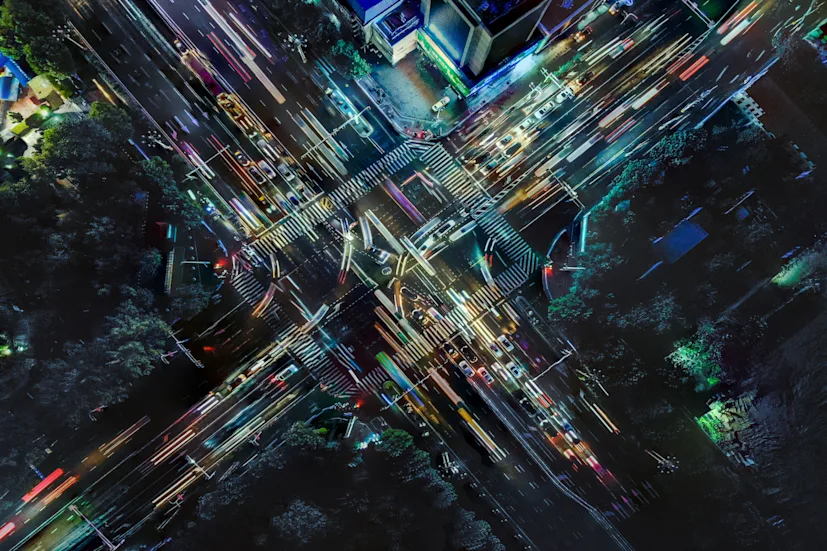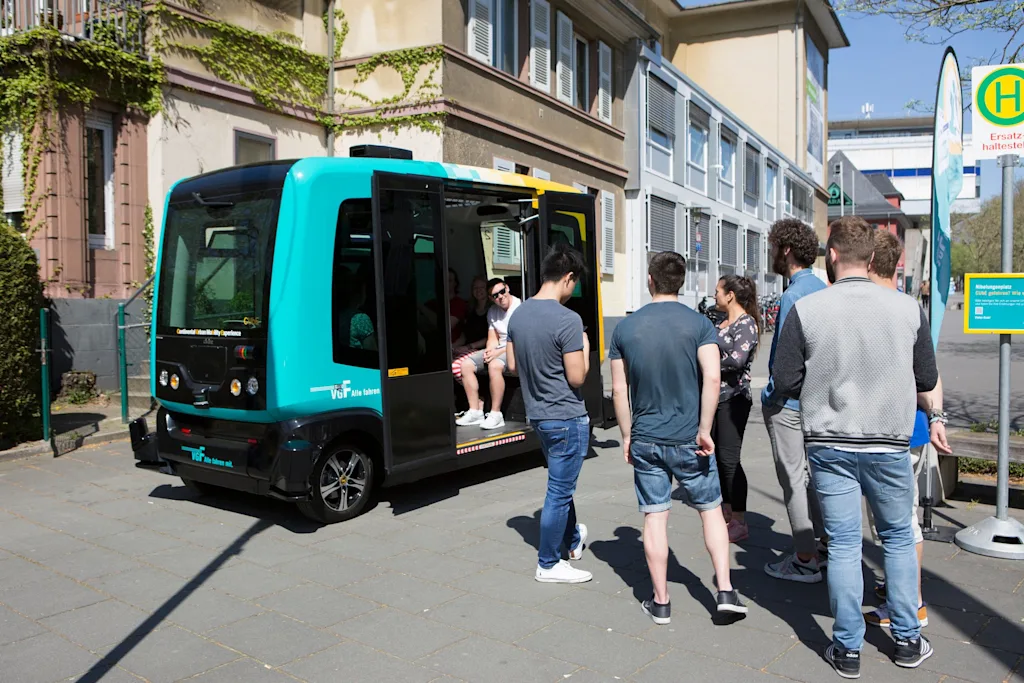4 min read
02 January 2020
The tech transforming public transit

In many cities, public transit innovations seem to lag behind private vehicle tech, but a few upgrades could propel municipal systems into the future.
It wasn't that long ago when public modes of transportation had the sheen of futurism about them, and attractions like the Seattle Monorail still kind of feel like relics of a space-age urbanist future that could've been if were it not for the dominance of the automobile. And while innovations in automobile technology seem to make news regularly - with developments in connected and autonomous vehicles, and more efficient electric vehicles – public transit technology can often seem stuck in the pre-war period.
But time doesn't wait long - even for hundred-year old subway systems – and these new innovations in public transit systems will finally give our cities the upgrades they deserve.
Signal boost
When it comes to making subway systems more efficient, signalling is always near the top of the list of priorities. Unlike above-ground traffic signals, subways signalling doesn't just tell conductors when to stop and go, they actively respond to train traffic, letting conductors know when the track ahead is clear for them to accelerate. Smarter signalling technologies, like communications-based train control (CBTB) or systems using ultra-wide broadband (UWB), will allow greater communication between trains, tracks, and control centers, which should allow trains to run faster and closer together without increasing risk of an accident.

All of Dubai's 49-station, 75-km metro is completely automated and driverless, making it the third-largest such system in the world after systems in Singapore and Vancouver.
Silicon valet
In addition to more accurate signalling, public rail and bus services could be upgraded through autonomous vehicle technology. While autonomous trains are nothing new, with the French Véhicule Automatique Léger (VAL) debuting in the 80's, and examples found in many airport people-mover systems; their use is expanding to full metro systems in places like Riyadh and Chile.
It's also likely that driverless buses will beat driverless cars to city streets. While the addition of traffic makes autonomous buses trickier to perfect than rail-bound trains, that they stick to a known route makes them easier to program than fully autonomous cars. In fact, they're already being trialled everywhere from Orlando and Berlin, to Singapore and China . And once the technology is perfected, it would make it simple for cities and other communities to easily create or enhance public transit networks with better bus service.

With the autonomous CUbE (Continental Urban Mobility Experience), university students accompanied by a test engineer advance the trial of a driverless transport system in the city centre of Frankfurt.
Data-driven routing
But the most game-changing technology in public transit may not be part of the vehicles at all. Incorporating real-time location data could lead to the most drastic improvements in public transit. To make their city buses more efficient, Houston counter-strategically cut routes, so they could focus on improving the most trafficked ones with resources from the less used, resulting in a greater frequency of bus arrival.
Improved location data, like that gathered and used by HERE solutions, can help cities find out how and where to assign limited resources to serve the greatest number of riders. With the right info, cities can learn how to best consolidate existing routes, or find out where trains and buses have to expand to in order to make taking them possible and attractive.

Noah Waldman
Share article

Noah Waldman
Sign up for our newsletter
Why sign up:
Latest offers and discounts
Tailored content delivered weekly
Exclusive events
One click to unsubscribe
